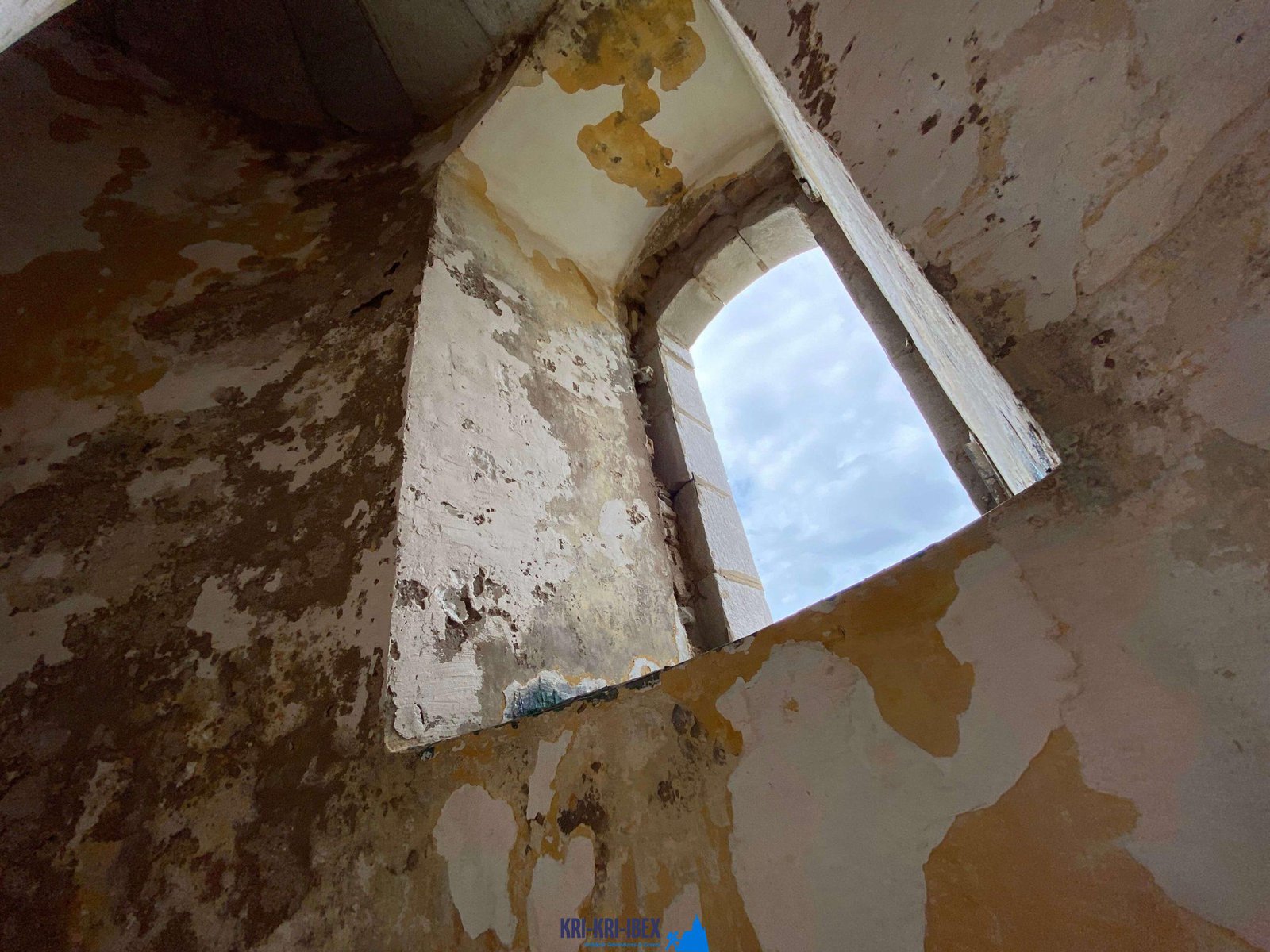Kri kri ibex hunting in Sapientza island, Greece
Kri kri ibex hunting in Sapientza island, Greece
Blog Article

They state that the Peloponnese peninsula is the "actual" Greece. As well as we state, if you're seeking an extraordinary experience, our hunting as well as exploring Peloponnese scenic tour from Methoni is the best means to experience all that this lovely nation needs to use.

This Ibex is not a small kind of the Bezoar Ibex, which has actually migrated to the western side of its variety. The kri-kri (Capra aegagrus cretica), additionally referred to as the Cretan goat, Agrimi, or Cretan Ibex, is a wild goat aboriginal to the Eastern Mediterranean. The kri-kri (Capra aegagrus cretica), a feral goat living in the East Mediterranean, was when thought to be a subspecies of wild goat. The kri-kri has a light brown layer with a darker neck band. Their two sweeping horns increase from their head. The kri-kri is a shy and careful animal in the wild, resting throughout the day. They can jump long distances or climb apparently large high cliffs.
On our Peloponnese tours, you'll get to experience all that this fantastic area needs to provide. We'll take you on an excursion of several of the most historical and also stunning websites in all of Greece, including ancient damages, castles, and more. You'll likewise reach experience several of the standard Greek society firsthand by delighting in a few of the scrumptious food as well as red wine that the region is recognized for. As well as certainly, no journey to Peloponnese would certainly be complete without a dip in the sparkling Mediterranean Sea! Whether you're a seasoned hunter searching for a newbie tourist or a new experience just looking to check out Greece's stunning landscape, our Peloponnese excursions are best for you. What are you waiting for? Schedule your trip today!
Experience 'Real' Greece with Our Peloponnese Tours. Look no additionally than our Peloponnese excursions if you're looking for an authentic Greek experience. From ancient ruins as well as castles to delicious food as well as red wine, we'll show you every little thing that this incredible area needs to supply. So what are you waiting on? Book your journey today! Your Kri Kri ibex hunting in Greece is right here!
What is the diference between Kri Kri ibex, Bezoar ibex and hybrid ibex
The kri-kri is not thought to be indigenous to Crete, most likely having been imported to the island during the time of the Minoan civilization. Nevertheless, it is found nowhere else and is therefore endemic to Crete. It was common throughout the Aegean but the peaks of the 8,000 ft (2,400 m) White Mountains of Western Crete are their last strongholds–particularly a series of almost vertical 3,000 ft (900 m) cliffs called ‘the Untrodden’—at the head of the Samaria Gorge. This mountain range, which hosts another 14 endemic animal species, is protected as a UNESCO Biosphere Reserve. In total, their range extends to the White Mountains, the Samaria National Forest and the islets of Dia, Thodorou, and Agii Pandes.
This Ibex is NOT a diminutive form of the Bezoar Ibex, which has migrated into the western-most reach of the range of this species. The kri – kri (Capra aegagrus cretica), sometimes called the Cretan goat, Agrimi, or Cretan Ibex, is a feral goat inhabiting the Eastern Mediterranean, previously considered a subspecies of wild goat. The kri-kri has a light brownish coat with a darker band around its neck. It has two horns that sweep back from the head. In the wild they are shy and avoid tourists, resting during the day. The animal can leap some distance or climb seemingly sheer cliffs.
“The agrimi goat Capra aegagrus cretica is unique to Crete and its offshore islands. It has been identi®ed as a sub-species of the wild bezoar goat Capra aegagrus aegagrus Erxleben, 1777, which it closely resembles in horn shape, body form and coloration. This classi®cation has been disputed by some researchers who claim that the agrimi are feral goats, derived from early domestic stock brought to the island by the ®rst Neolithic settlers. In order to clarify this issue, DNA analyses (cytochrome b and D loop sequences) were carried out on tissue of live and skeletonized agrimi and compared to sequences of wild and domestic caprines. Results conclusively show the agrimi to be a feral animal, that clades with domestic goats (Capra hircus) rather than with wild Asiatic bezoar. This study demonstrates that morphometric criteria do not necessarily re¯ect genetic af®nities, and that the taxonomic classi®cation of agrimi should be revised.”
Report this page